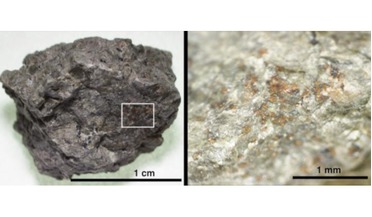 29 April 2020
Scientists discover ancient nitrogen-bearing organic material in martian meteorite
29 April 2020
Scientists discover ancient nitrogen-bearing organic material in martian meteorite
..., after the region in Antarctica it was found in, contains orange-coloured carbonate minerals, which precipitated from salty liquid water on Mars' near-surface 4 billion years ago. The martian meteorite is well studied, but so far contamination with...
 September 2017
Science searches for cosmic company
September 2017
Science searches for cosmic company
... bantam suns have planets in the so-called ‘habitable zone’ – an orbital distance at which temperatures could be suitable for liquid-water oceans. Red dwarfs also have the advantage of enjoying extremely long lifetimes – 10 times that of a Sun-like...
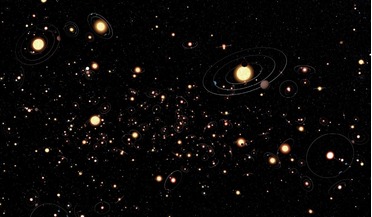 May 2018
PLATO the habitable zone explorer
May 2018
PLATO the habitable zone explorer
... orbital periods similar to Earth’s. This means that the habitable zone (the range of orbital periods where liquid water could exist) for stars like the Sun remains relatively unexplored. An artist’s impression of the PLATO satellite...
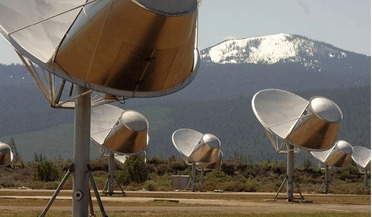 August 2020
Interstellar aspirations
August 2020
Interstellar aspirations
... Alpha Centauri system. The planet orbits in the habitable zone of that star, meaning that it could have liquid water on its surface and could support life as we know it. The possibility of observing such a world from close quarters...
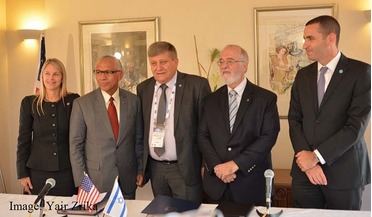 13 October 2015
NASA and Israel Space Agency sign cooperation agreement
13 October 2015
NASA and Israel Space Agency sign cooperation agreement
...partnership,” Bolden said. In recent months, NASA has made a series of groundbreaking announcements, including the existence of liquid water on Mars, the discovery of exoplanet 452B, which is very similar to Earth, and the successful arrival at Pluto...
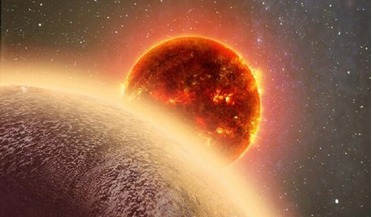 02 March 2016
Using MUSCLES to test for life on other planets
02 March 2016
Using MUSCLES to test for life on other planets
... zones around nearby stars. The habitable zone (HZ) or ‘Goldilocks Zone’ is seen as the location around a star where liquid water may exist on a planet’s surface. Approximately one-in- six main sequence stars (with spectral types F, G and K) detected...